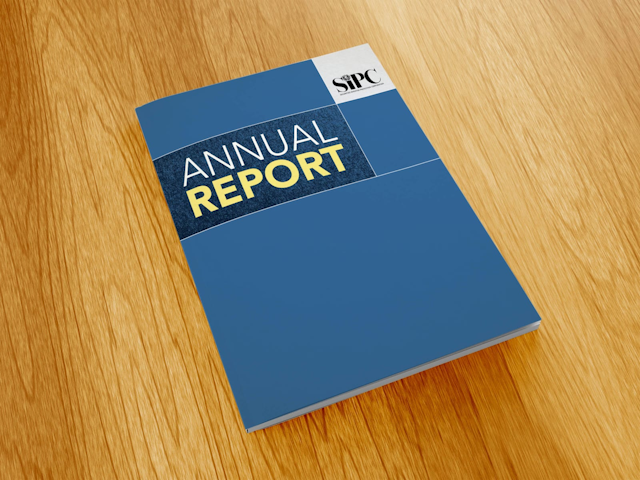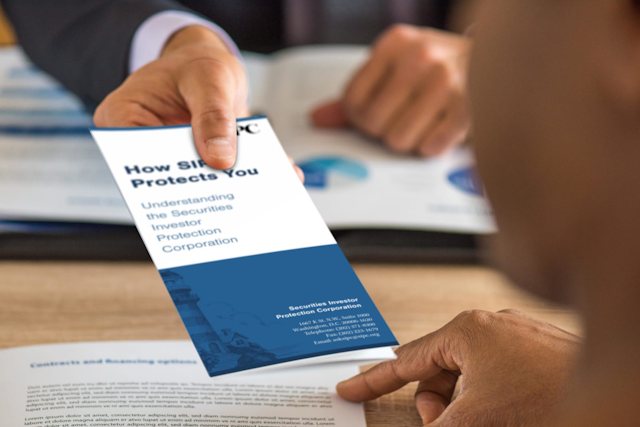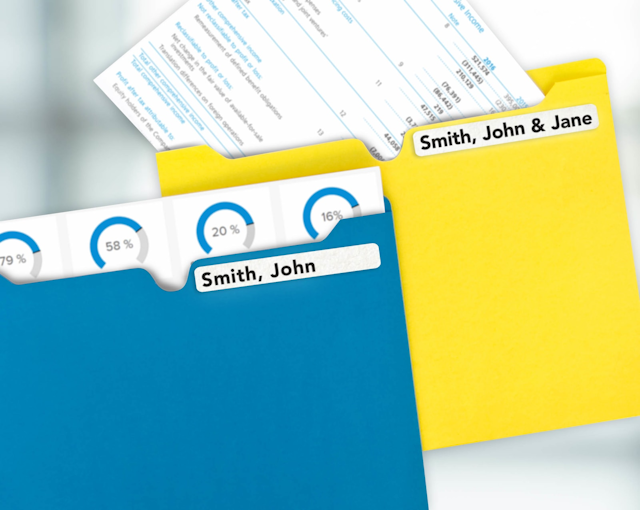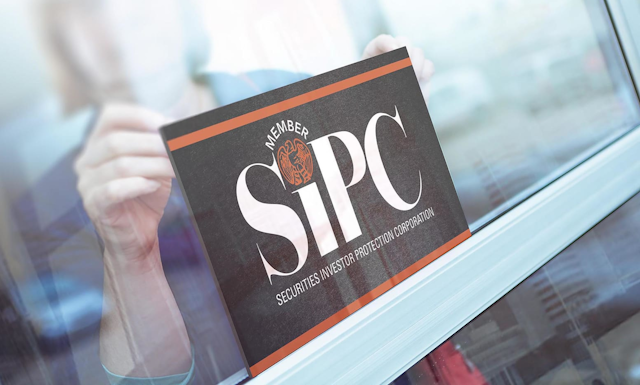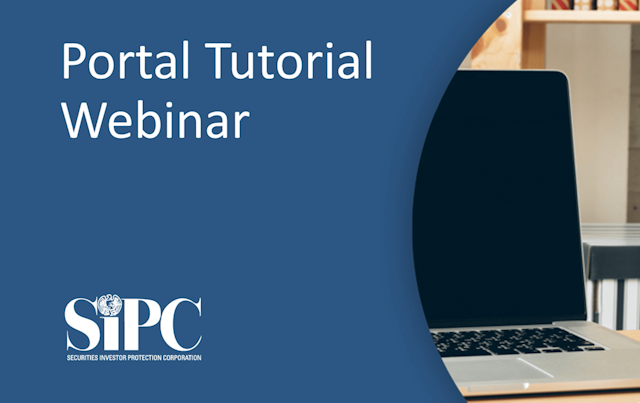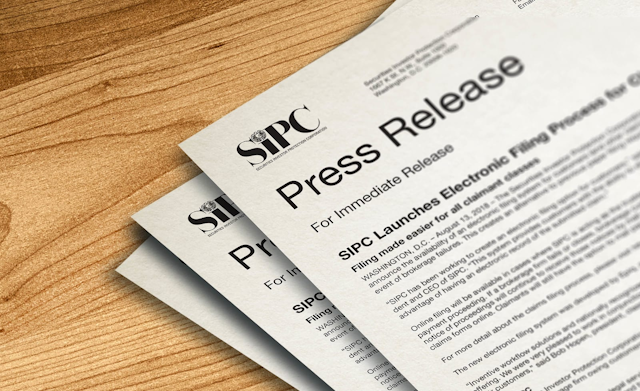-
1
Claim Forms
Claim Forms are made available via the Trustee’s website, and will also be mailed to each customer who had an account with the brokerage firm within the previous 12 months.
-
2
Customers Submit Claim Forms
In order to be eligible for SIPC protection, you must file a claim within the deadlines set forth in the notice and as described in the instructions. Failure to file a claim within the deadlines may result in the loss of all or a portion of your claim. A claim may be filed electronically, or by mailing a completed and signed claim form to the Trustee.
When filing a claim electronically, or completing your written claim form for mailing, follow all instructions. In your claim form or on a signed attachment, you should describe the cash and securities that are owed to you by your brokerage firm. If possible, you should provide any documents that support your claim, including copies of your brokerage statements, trade confirmations, and any correspondence you had with the brokerage firm. If you complained about the brokerage firm’s handling of your account, you should include a copy of the complaint with your claim form. When filing a claim electronically, you will be prompted to upload all documents that support your claim.
-
3
Trustee Reviews Claims
The Trustee will compare your claim to the books and records of the brokerage firm. If needed, the Trustee may ask you for more information. The net difference between what you owe the brokerage firm and what the brokerage firm owes you is called your "net equity." If you owe any amount to the brokerage firm (for example, from a margin loan), the amount you owe will be subtracted from the amount that the brokerage firm owes you.
If the broker owes you something other than securities and cash in your brokerage account, for example, damages for bad investment advice – this amount will not be included in the amount of your "net equity." SIPC does not protect customers against damage-type losses. Damage claims are classified as general creditor claims.
In order for the Trustee to determine how much SIPC protection you are eligible for, the Trustee will value your securities as of the "filing date," which usually is the date that the liquidation was started. The filing date for open cases is available at All Open Cases.
-
4
Trustee Issues Determination Letter
If you file a claim, the Trustee will review the claim and decide whether your claim should be allowed or denied. The Trustee will issue a “determination letter” explaining the reasons for the allowance or denial of your claim. If you do not agree with the Trustee’s determination, you have 30 days from the date of the determination letter to object, in writing, to the court. Instructions on how to object to the determination are included in the determination letter.
-
5
Receive Initial Delivery of Cash & Securities
If you agree with the Trustee’s determination letter you will be required to sign certain documents in order for your claim to be satisfied. Once you sign and return to the Trustee the required documentation, your claim will be satisfied by the payment of cash or delivery of securities to you, up to at least the SIPC limits.
Wherever possible, the securities owned by customers are returned to the customers so that the customers can be put in the same position they were in before the liquidation. If necessary, SIPC funds may be used, to purchase replacement securities in the open market. While the number of securities to be replaced will equal the number in your account on the filing date, it is always possible that market changes may result in the returned securities having lost some – or even all – of their value as calculated as of the filing date. In other cases, the securities may have increased in value since the filing date. In certain cases it may not be possible to deliver some or all of the securities that were in your account. In those circumstances you will receive a payment from the Trustee, up to at least the SIPC limits, for the filing date value of the securities.
-
6
Receive Additional Delivery from Customer Property, if Available, if Your Net Equity is Over the SIPC Limits
Customers who have claims in excess of $500,000 may be eligible to receive an additional distribution. This distribution will be based on whether the Trustee has any customer property from the brokerage firm. Any distribution of customer property will be made pro rata on the basis of your net equity claim. If your claim is still not satisfied, you will have a general creditor claim for the overage.
Please note that if your claim was satisfied in full by the SIPC protection, you will not receive a distribution of customer property.
As an example, if the Trustee is able to recover 40% of customer assets and 60% of customer assets are missing, customers would be treated as follows:
Customer A has a claim for securities valued at $250,000. Customer A would receive his securities (or $250,000 in cash). 40% of the value would come from customer assets and 60% from funds advanced by SIPC.
Customer B has a claim for securities valued at $1,000,000. Customer B would receive securities valued at an amount of $500,000 (or $500,000 in cash) from funds advanced by SIPC. Customer B would also receive a distribution from customer property valued at $400,000 (40% of $1,000,000). In total, Customer B would receive $900,000, and would have a general creditor claim for the remaining $100,000.
All "customer name securities" held by the brokerage firm are returned outright to customers.
When can I expect to receive my property?
How quickly claims are satisfied depends on the complexity of the liquidation and the condition of the brokerage firm's records. Delays of several months can arise when the failed brokerage firm's records are not accurate. It also is not uncommon for delays to take place when the troubled brokerage firm or its principals were involved in fraud. When the records of the brokerage firm are accurate, and no fraud occurred, deliveries of some securities and cash to customers may begin shortly after the Trustee receives the completed claim forms from customers. Generally, in these cases, customers may receive at least some of their property one to three months after filing the completed claim form.







